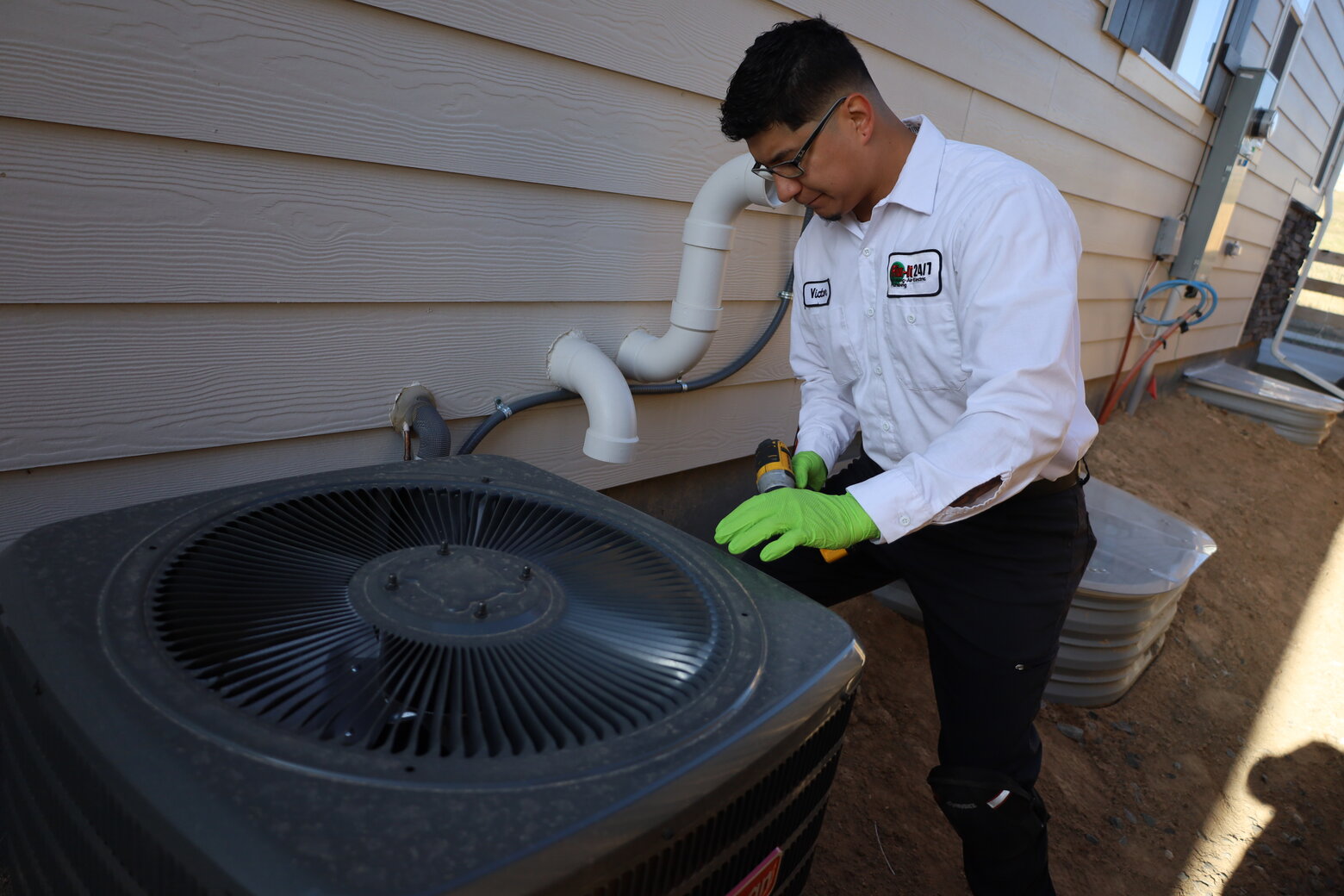As winter approaches, preparing your heating system is crucial to ensure your home remains warm and comfortable. Proper heating maintenance not only enhances performance but also extends the lifespan of your system. Taking proactive steps before the cold weather sets in can prevent unexpected breakdowns and costly repairs.
Checking and Cleaning the Heating System
Checking and cleaning your heating system is a fundamental part of heating maintenance. Regular cleaning helps remove accumulated dust and debris, which can obstruct airflow and reduce efficiency. It also provides an opportunity to identify any worn or damaged components that may need replacement.
Checking and cleaning your heating system is a fundamental part of heating maintenance. Regular cleaning helps remove accumulated dust and debris, which can obstruct airflow and reduce efficiency. It also provides an opportunity to identify any worn or damaged components that may need replacement.
Steps for Checking and Cleaning:
1. Turn Off the System: Before beginning any checking or cleaning, ensure the heating system is turned off. This prevents accidents and ensures a safe working environment.
2. Remove Debris and Dust: Use a vacuum cleaner to remove dust and debris from the interior and exterior of the unit. Pay special attention to areas around the blower, motor, and heat exchanger.
3. Check for Wear and Tear: Check parts such as belts, bearings, and fans for signs of wear. Replace any components that show significant damage or wear to maintain optimal performance.
4. Clean Vents and Ducts: Clean vents and ducts to ensure there are no blockages that could restrict airflow. This helps maintain efficient operation and improves indoor air quality.
Checking and Replacing Filters
Another key aspect of heating maintenance is checking and replacing filters. Dirty or clogged filters can impede airflow, forcing your heater to work harder to maintain the desired temperature. This not only reduces efficiency but can also lead to higher energy bills and potential system damage.
Importance of Regular Filter Replacement:
1. Enhanced Efficiency: Clean filters ensure that air flows smoothly through the system, allowing it to heat your home more effectively. This reduces the workload on your heater and improves overall efficiency.
2. Improved Air Quality: Filters trap dust, allergens, and other pollutants, preventing them from circulating in your home. Regular replacement ensures the system continues to provide clean air.
3. Prolonged System Lifespan: Regularly replacing filters reduces strain on the system, helping to prevent overheating and extending the lifespan of your heater.
How to Check and Replace Filters:
1. Turn Off the System: Like with any maintenance task, start by turning off the heating system to ensure safety.
2. Locate the Filter: Find the filter compartments, which are typically behind a panel near the air intake.
3. Remove and Check the Filter: Take out the filter and check it for dust and dirt buildup. If it appears clogged or dirty, it’s time to replace it.
4. Install the New Filter: Insert a new filter of the same size and type, ensuring it fits properly.
Testing the Thermostat and Controls
Testing the thermostat and controls is an essential part of heating maintenance. The thermostat controls the temperature settings and ensures your heating system operates efficiently. A malfunctioning thermostat can lead to inaccurate temperature readings, causing discomfort and inefficiency.
Steps to Test the Thermostat and Controls:
1. Check the Settings: Start by ensuring the thermostat is set to the correct mode (heat) and temperature. If your home is not warming up to the desired temperature, this may indicate an issue with the thermostat.
2. Calibrate the Thermostat: Use a separate thermometer to compare the room temperature with the thermostat’s reading. If there is a significant difference, your thermostat may need calibration or replacement.
3. Check the Wiring: Turn off the power and remove the thermostat cover to check the wiring. Look for loose or frayed wires that could affect the thermostat’s performance.
4. Test the Controls: Ensure all control buttons and switches on the thermostat are functioning correctly. Unresponsive or faulty controls may require professional repair or replacement.
Scheduling Professional Heating Maintenance
While regular DIY maintenance is crucial, scheduling professional heating maintenance is equally important. Our professionals have the expertise to identify hidden issues that may not be apparent during routine checks.
Benefits of Professional Maintenance:
1. Expert Repairs: Professionals can address complex issues that may require specialized tools and knowledge, ensuring your system is repaired correctly.
2. Efficiency Optimization: Routine professional maintenance includes tasks like lubrication of moving parts and tightening of electrical connections, ensuring the system runs efficiently.
3. Safety Assurance: Professionals can detect safety hazards, such as gas leaks or faulty wiring, that could pose risks to your home and family.
When to Schedule Maintenance:
- Before Winter Starts: The best time to schedule professional maintenance is in the fall, before you start using your heating system regularly.
- Signs of Trouble: If you notice unusual noises, higher energy bills, or inconsistent heating, it’s time to call a professional.
Conclusion
Proper heating maintenance is essential for a comfortable and efficient winter season. By checking and cleaning your heating system, checking and replacing filters, testing the thermostat and controls, and scheduling professional maintenance, you can ensure your heating system operates at its best. These proactive steps not only enhance performance but also extend the lifespan of your system.
For expert heating maintenance in North Charleston, reach out to Fix It 24/7 Air Conditioning. Our technicians are ready to help you keep your heating system in top condition. Contact us today to schedule your maintenance appointment and enjoy a warm, trouble-free winter!

